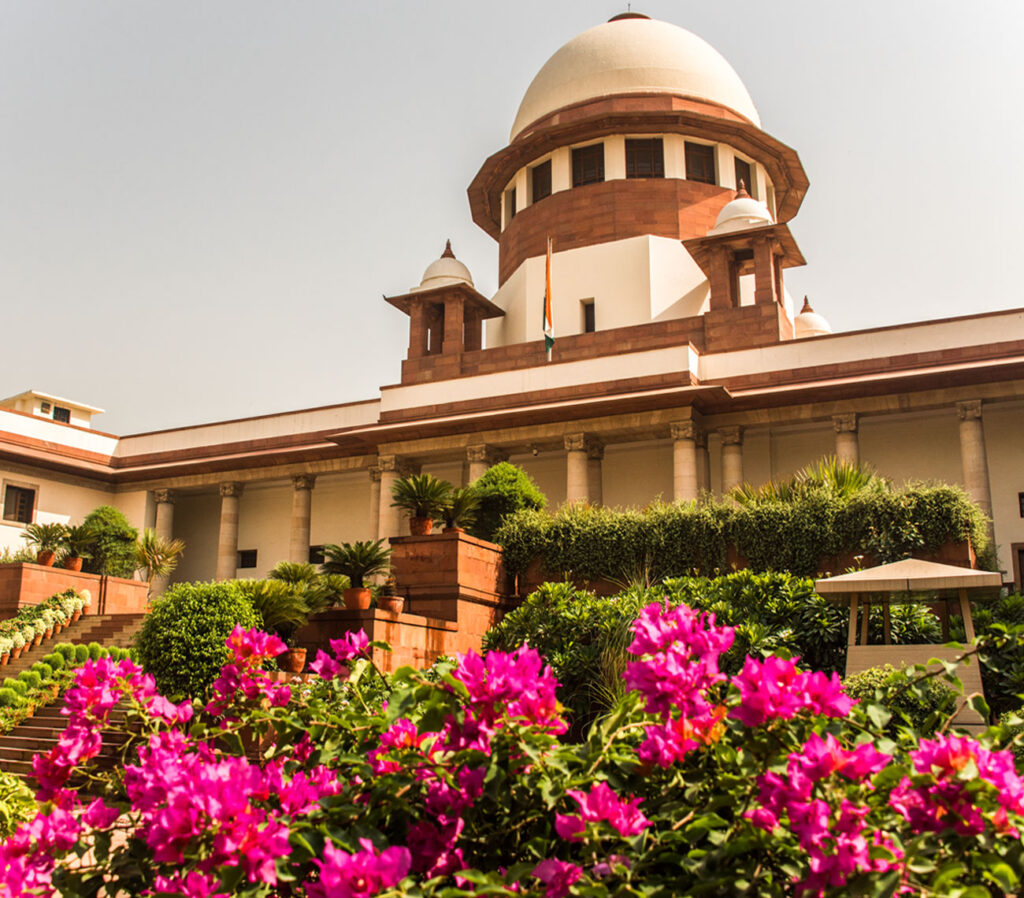New Delhi, Dec 7.
The Supreme Court on Thursday sought data from the central government on the extent of illegal immigration into India’s north-east after 1971 and ways and means to curb such illegal migration blamed for changing the demographics of Assam.
The government will have to file a statement on this by Monday. The order came amidst concerns expressed by those challenging the legality of Section 6A of the Citizenship Act about the alleged change in Assam’s demography after such illegal immigration.
Under Section 6A, those who have come into Assam prior to March, 1971, are eligible for Indian citizenship. This is an exception to the law as it applies to the rest of the country (where the cutoff is 1948) and has been challenged on this count.
Today speaking for the government Solicitor General Tushar Mehta stated that demographic “changes are there and the government was not trivialising it”.
This prompted a five-judge bench led by Chief Justice of India D.Y. Chandrachud examining the legality of Section 6A to seek figures on the extent of migration into not only Assam but also the rest of the north-east.
CJI Chandrachud sought to know if such influx was a problem in neighbouring Bengal or not. He asked why Assam had been singled out for a later cut-off for being eligible for Indian citizenship if the problem was common to the entire eastern Indian frontier.
The bench also wanted to know what the government had done so far and proposed to do in the future to plug the porous India-Bangladesh border.
CJI Chandrachud sought detailed explanations on the cut-offs of 1966 and 1971 to understand the historical background to the enactment.
The government would only say that it had set up many tribunals to determine the citizenship of those who have crossed over to India and “more were needed”.
Now it has to furnish data on how many got Indian citizenship under Section 6A between Jan 1, 1966, and March 25, 1971, and how many were declared as foreigners in the same period.
The bench has additionally demanded information on the number of persons against whom action was taken for migrating after the 1971 cutoff date.
This will include the number of foreigners’ tribunals functioning, the cases they have determined or pending, the average time for disposal et al.
Those opposed to any court examination of the demographic changes or arguments about the local people being overwhelmed by the Bengali speaking Muslims from Bangladesh, said that there were no judicial standards under which this can be determined.
There is nothing to show that the local culture, language or way of life was impacted, senior advocate Indira Jaising said. Lead counsel Kapil Sibal argued that demographic changes were not an issue that could be challenged in court.
He pointed out how the NRC (National Register for Citizens) exercise in Assam had to be abandoned after it came to light that most of those found to be foreigners were in fact Hindus.
Sibal pointed out migration is not a recent phenomenon but can be traced back to days when the state of Assam was a part of Myanmar. In that sense it was a historical continuum, and not a recent event, he argued.
Culture and indigenous people were amorphous concepts Jaising claimed. One identifies oneself with a particular culture and no one can thrust it on anybody, she said. Culture cannot be said to be jeopardised by migration, they argued. Further arguments in the case will continue.

